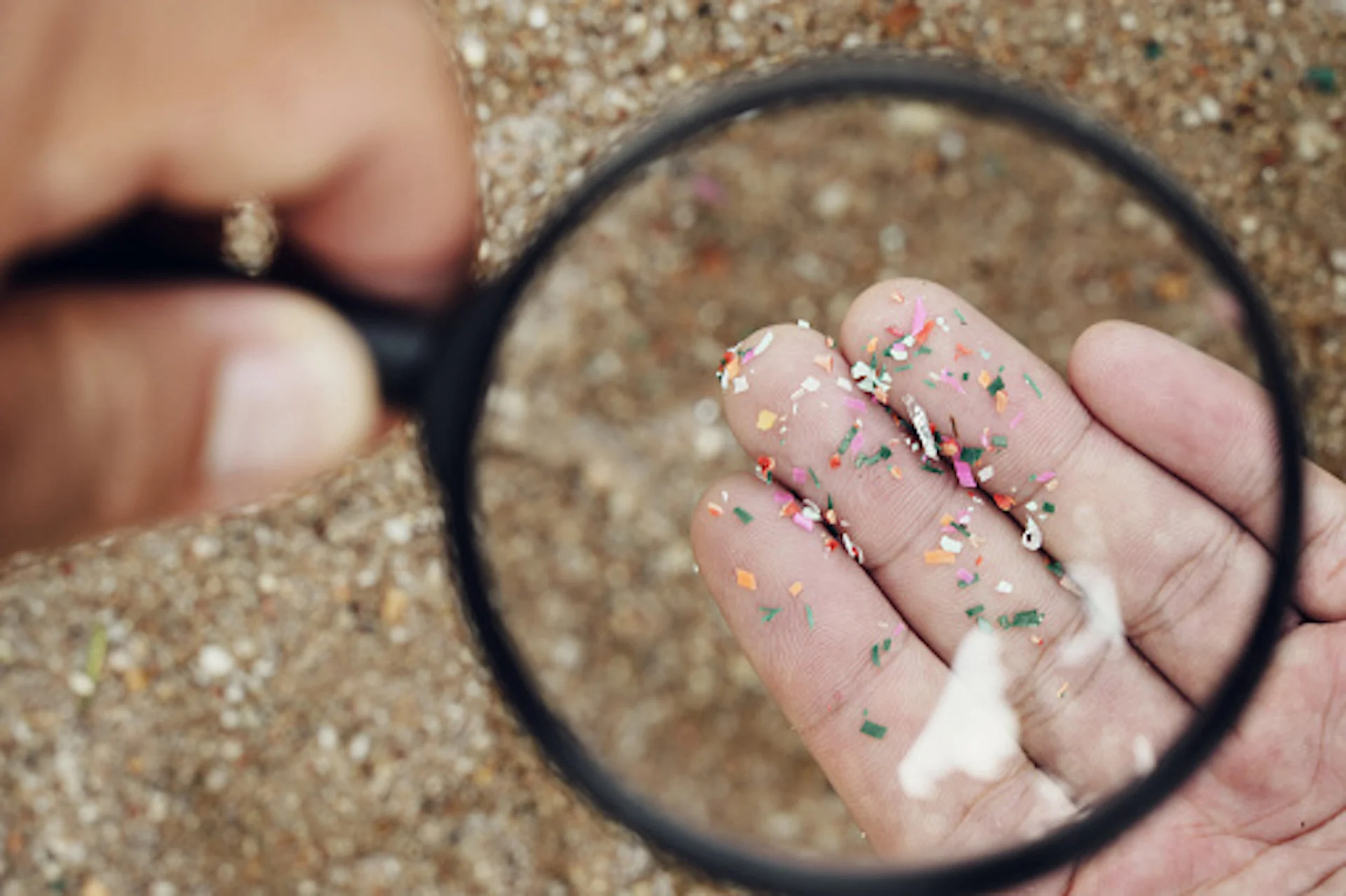
How much microplastics are inside humans? New film unveils a figure
Plastic People: The Hidden Crisis of Microplastics is a new documentary that explores how microplastics have infiltrated our bodies and how much of them are inside, leading to significant health concerns.
While it's no secret that we are ingesting microplastics from the food, drinks and air we consume, the quantifiable measure of them has been hard to come by.
However, a new documentary took on the task of finding out just how much microplastics have entered the human body. Plastic People: The Hidden Crisis of Microplastics examines the global reliance on plastic and the alarming threat posed by microplastics to human health.
RELATED: What are microplastics doing to human health? Scientists work to connect dots
Ziya Tong, author, science journalist and co-director of Plastic People, recently spoke to The Weather Network about the film and the dangerous toll plastics take on humans and the planet.
"I've been comparing this, really, to an oil spill inside of the human body. Something we can actually visualize and show people on film what those microplastics actually look like," said Tong.

(Getty Images/Tunatura/1036767280-170667a)
"When you're looking at the climate crisis, that's another invisible threat from the oil and gas industry. You can't see the carbon dioxide. It's coming out of tailpipes, it's coming out of buildings. You can't see it. It's the same thing with microplastics."
Film uncovers shocking amount of microplastics in the human body
Plastic People centres on the numerous, significant health effects plastic pollution is having on humans.
The amount of microplastics in our blood is higher than you may think.
According to Tong, in samples taken for the film, there were 11 microplastic particles in 2.5 millilitres of blood, on average.
"If you think about the fact that, as an adult, you have five litres of blood coursing through your system, that’s when that gives you pause. That's when you're like, 'holy crap, how much microplastic is in me?'" said Tong.
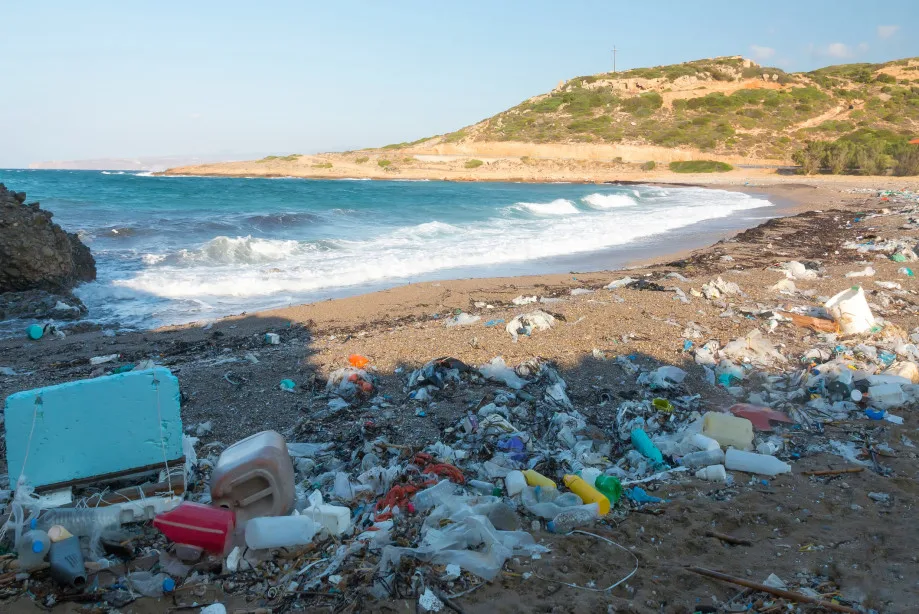
(Getty Images/Nick Brundle Photography)
As part of the filming process, Tong tested her own blood and stool –– an "incredibly unglamorous thing to do," she said.
"Scientists who are looking [for it are] finding it in every part of the human body," said Tong.
One of the revelations uncovered in the film is the declining fertility rates.
She cited a newly released study in May that found microplastics in the testicles of men as an example.
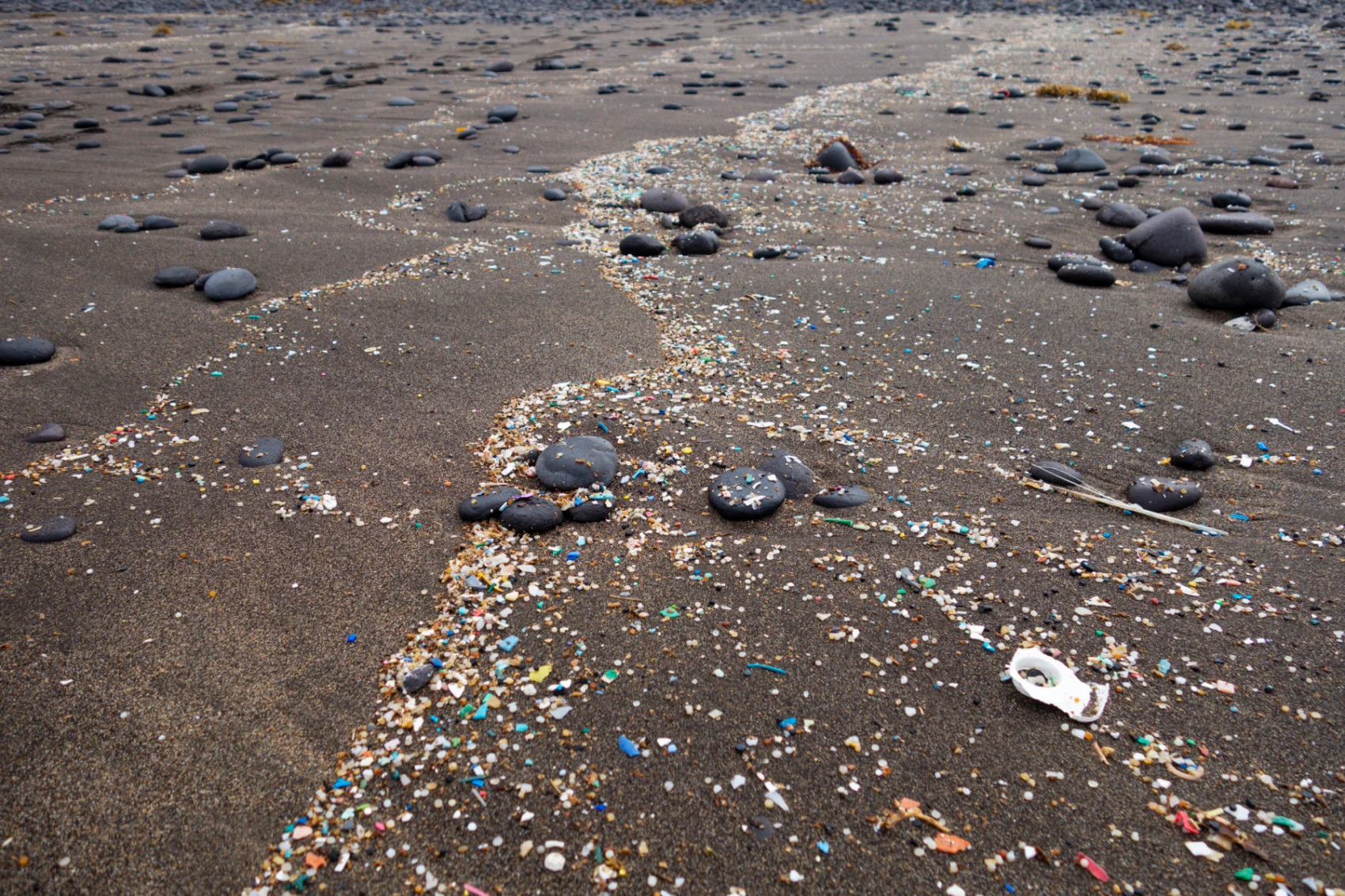
(Getty Images/Westend61)
"So, [in the film], we do even look at fertility and the declines in male fertility. While this is still early days, there is certainly something to be looked into a little bit more seriously," said Tong.
Connection between planetary and human health
The "real issue" we're facing at the moment is the need to make a connection between planetary and human health, she stated.
"When you trash the planet, we're actually trashing the human body," said Tong. "We tend to think of ourselves as almost having a barrier between the outside world, but we know that we're made up of everything from the outside world."
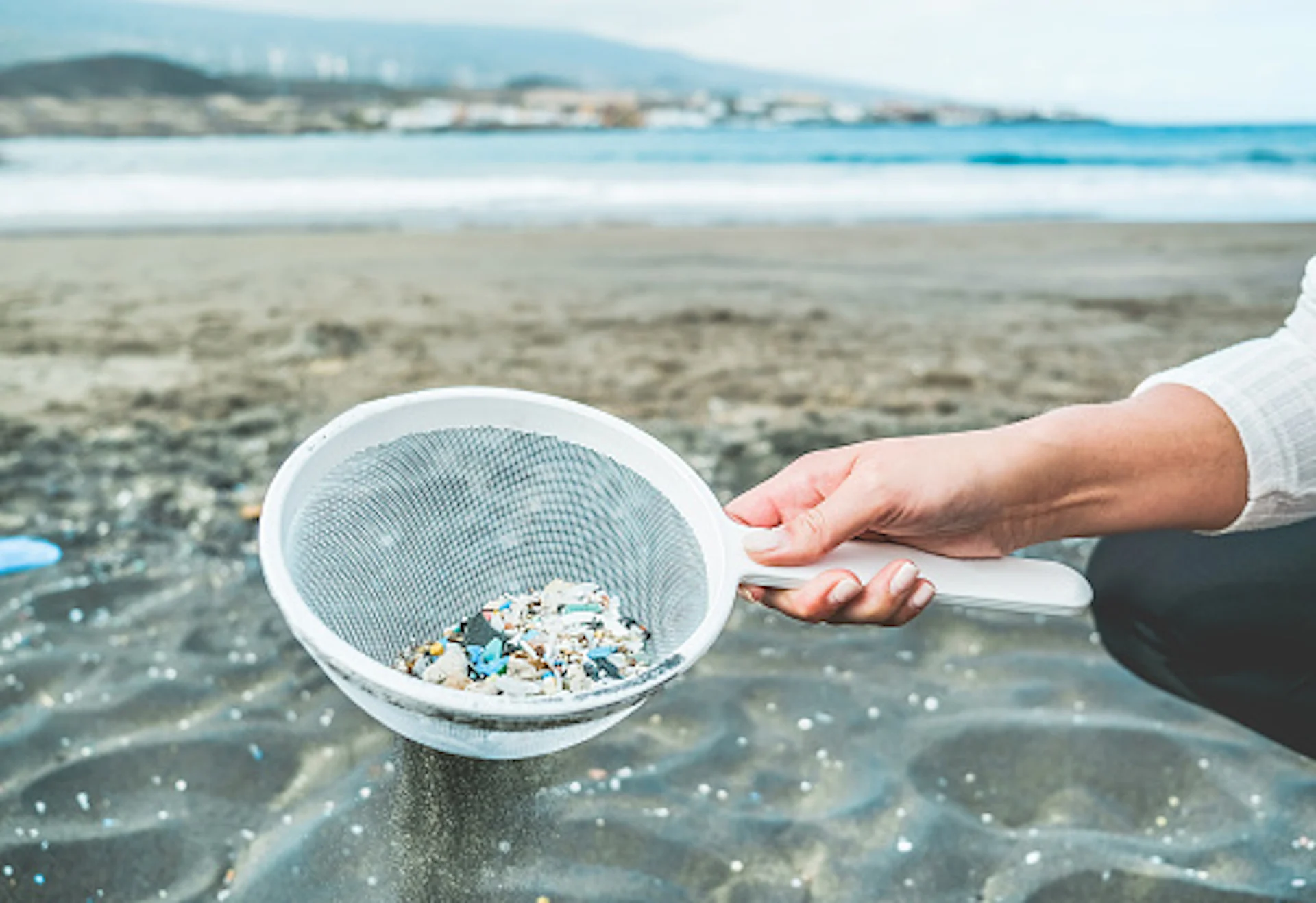
(Getty Images/Disobey Art/1140976290-170667a)
As a science journalist and author, Tong has been covering the threat of plastic for almost two decades.
Before making the documentary, there wasn't a "full, investigative exposé" on what is happening to humans and their health with respect to the impacts of plastics, she said.
"That was really why we wanted to take this journey," said Tong.
There is still hope to greatly reduce our plastic consumption
The majority of plastic is derived from fossil fuel-based chemicals, and despite some tougher, worldwide regulations and an in-the-works global treaty, production is still continuing to grow.
"[Oil and gas companies] know that with the climate crisis, it's not all going into fuel for cars, for ships or for planes. There's a big transition that's happening," said Tong. "They're also fully aware that the best place to put their oil and gas now is into plastic, and in the [invisibility] of plastic."

(Getty Images/Olga Yakovleva/1292397963-170667a)
And, with plastic having its far reach across the globe, with samples discovered in remote locales such as the Arctic region or in the Mariana Trench, the deepest place on Earth, people might think escaping or avoiding it seems impossible at this point.
"It doesn't matter where you go, it's in just about everything. It's in rainwater. It's in the food you eat. It's deeply, deeply embedded in the soil," said Tong.
However, she said we shouldn't give up hope in what appears to be an uphill battle to eliminate microplastics from the planet.
"My grandmother did not have very much plastic in her home. This is only something that we've been doing in a couple generations. So, it's something that we can undo because we certainly know how to live without plastics," said Tong.
Some communities are committed to the plastic-free movement, but is that enough?
As countries struggle to contain plastic pollution, Tong admitted there are some fields that still require its use including in the medical industry.

(Getty Images)
But, there are many communities across the world taking on the plastic-free commitment, including Bayfield, Ont., which is featured in Plastic People.
While Tong applauded citizen action at the community level, "ultimately, we need corporate action. We need corporations to be held responsible for polluting the environment," she said.
A study published earlier this year documenting the amount of waste globally found more than half of branded plastic pollution can be tied to just 56 companies.
Tong also suggested the involvement of more politicians to help expedite the plastic removal process.
"We need some gusto and we need some courage. We need these folks at the political level, especially right now with this plastics treaty that's taking place," said Tong. "What is great is we've seen that happen in this film."
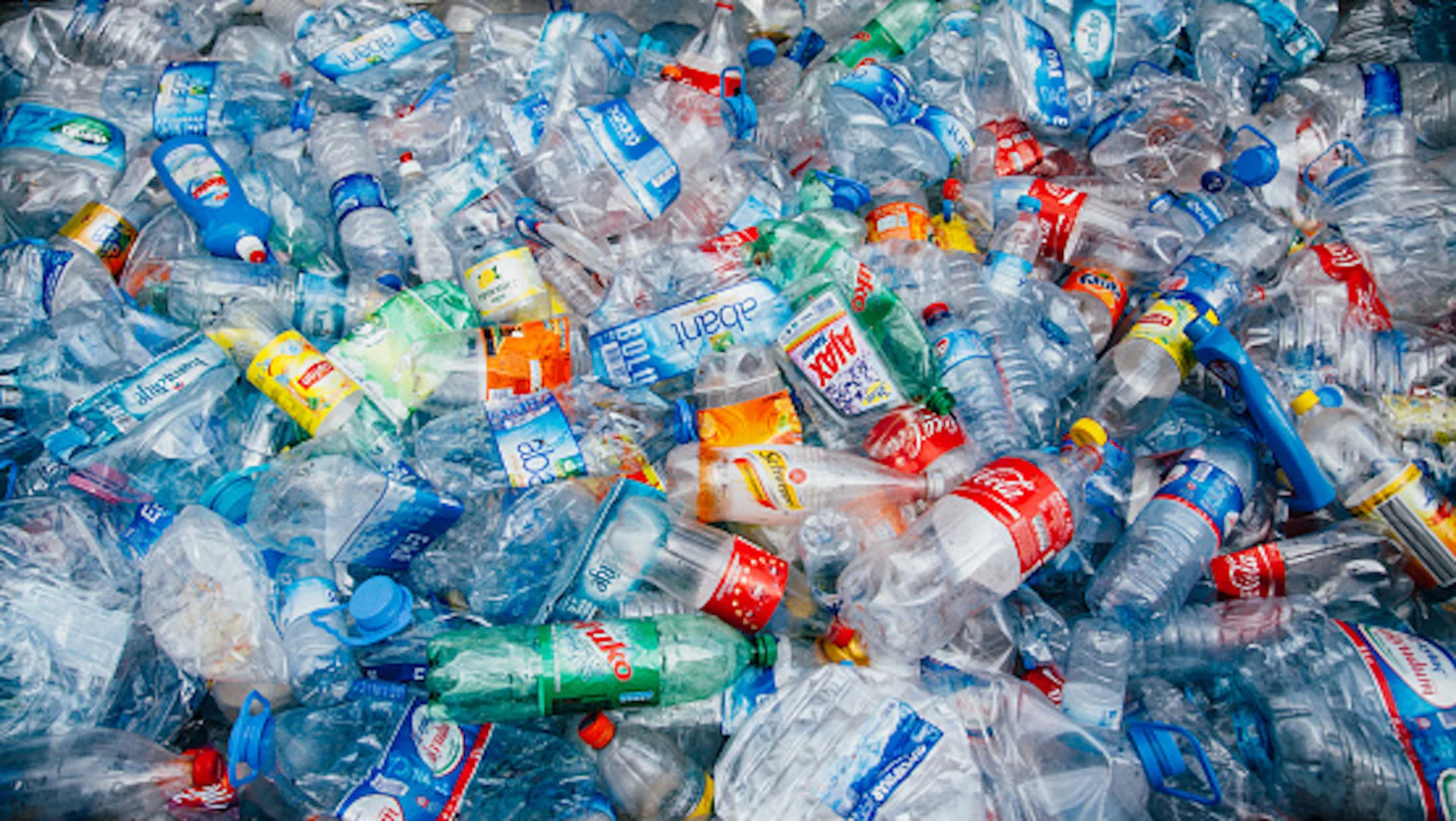
(Getty Images/Sami Sert/629554844-170667a)
She visited Rwanda in November, and it's cleaner there than it is in Singapore, Tong noted.
"[It doesn't] have plastic there. [It's been banned] for years. It is wonderfully, wonderfully clean. If Rwanda can do it, Canada can do it, too," said Tong.
Plastic People: The Hidden Crisis of Microplastics has been on a theatrical rollout in cinemas across Canada since May 21. It will see its final premieres in St. Catharines, Ont., on June 30 and in Kamloops, B.C., on July 18.
WATCH: This common piece of trash is disappearing from Canada's beaches
Thumbnail courtesy of Getty Images/Sansert Sangsakawrat/1393825220-170667a.
Follow Nathan Howes on X, formerly known as Twitter.












